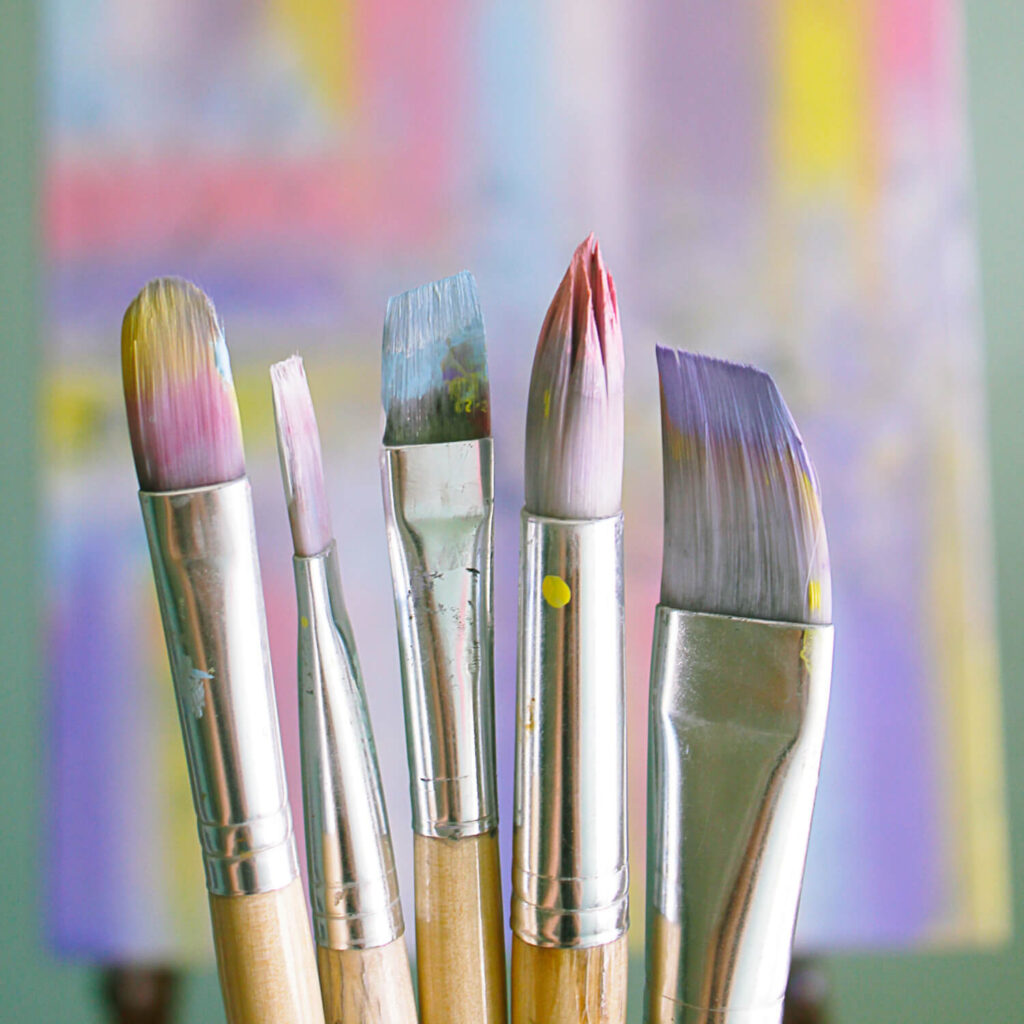
Color is a fundamental element of design that goes beyond aesthetics. It plays a crucial role in shaping user emotions, perceptions, and even behavior. In the realm of web design, understanding the psychology of color is key to creating engaging, effective, and impactful digital experiences. In this blog post, we’ll delve into the fascinating world of color psychology in web design, exploring how different colors can influence user emotions and behavior.
What We'll Cover
The Influence of Color Psychology
Color psychology is the study of how colors affect human emotions, moods, and behaviors. This usually involves studies correlating different colors and their effects, both in a controlled environment and “in the field”. It’s a complex and nuanced field that takes into account cultural influences, personal preferences, and contextual factors. In web design, color choices can have a profound impact on how users perceive a website, interact with its content, and ultimately make decisions.
Key Colors and Their Psychological Effects
Let’s explore some key colors commonly used in web design and their associated psychological effects:
1. Red
- Emotional Response: Passion, excitement, urgency
- Use Cases: Calls to action, alerts, promotions
- Considerations: Red can be attention-grabbing but also evoke a sense of danger or caution if overused.
2. Blue
- Emotional Response: Trust, calmness, professionalism
- Use Cases: Corporate websites, financial institutions, healthcare
- Considerations: Blue is a versatile color that can convey a sense of reliability and stability.
3. Green
- Emotional Response: Growth, nature, freshness
- Use Cases: Environmental organizations, health and wellness, finance (for money-related themes)
- Considerations: Green is associated with health and eco-friendliness but can also symbolize greed or envy in certain contexts.
4. Yellow
- Emotional Response: Happiness, optimism, warmth
- Use Cases: Creative industries, children’s products, energy
- Considerations: Yellow can be attention-grabbing but should be used sparingly to avoid visual fatigue.
5. Purple
- Emotional Response: Royalty, luxury, spirituality
- Use Cases: Beauty and cosmetics, high-end products, creative industries
- Considerations: Purple can add a touch of elegance and sophistication but may not be universally appealing.
6. Orange
- Emotional Response: Energy, enthusiasm, creativity
- Use Cases: Technology, entertainment, food and beverage
- Considerations: Orange can be vibrant and eye-catching, but excessive use may come across as overly loud or aggressive.
7. Black
- Emotional Response: Power, elegance, sophistication
- Use Cases: Luxury brands, fashion, minimalist designs
- Considerations: Black can create a sense of mystery and authority but may also feel heavy or somber if not balanced with lighter elements.
8. White
- Emotional Response: Simplicity, cleanliness, purity
- Use Cases: Minimalist designs, healthcare, education
- Considerations: White is often used for backgrounds to create contrast and readability but can feel sterile if not combined with other colors effectively.
Applying Color Psychology in Web Design
Understanding the psychological effects of colors allows designers to strategically use them to achieve specific goals:
Typography
We cover color considerations in typography in a separate post. However, ensuring your color choices align with your font type and other elements on your site is necessary to ensure a great user experience.
Brand Identity
Colors play a crucial role in shaping brand identity and perception. Consistent use of colors across a website reinforces brand recognition and establishes emotional connections with users.
Emotional Engagement
Choose colors that align with the desired emotional response. For example, calming colors like blue and green can be used for relaxation apps or healthcare websites, while vibrant colors like red and orange can be effective for entertainment or retail sites.
Call-to-Action (CTA) Buttons
Use contrasting colors for CTA buttons to make them stand out and encourage user interaction. For instance, a red “Buy Now” button can create a sense of urgency and prompt action. This approach is common on websites and in newsletters.
Readability and Accessibility
You may have noticed above we had to use a color closer to gold for “yellow”, and a shade of grey for “white” so they were visible against the white background. Consider color combinations that ensure readability, especially for users with visual impairments. Use color contrast tools to check if text is legible against background colors.
Cultural Considerations
Be mindful of cultural associations with colors. Colors may have different meanings in different cultures, so research your target audience’s cultural background to avoid unintended messages or misunderstandings. This is especially important for international companies and organizations.
Applying these principles
When designing or revamping a website, consider the psychological impact of color choices and how they align with your brand identity, target audience, and goals. Harnessing the power of color psychology can elevate your web design efforts and create memorable user experiences that leave a lasting impression.
Color psychology is a powerful tool in web design, influencing how users perceive, interact with, and respond to digital experiences. By understanding the emotional and behavioral effects of different colors, designers can create visually appealing, emotionally resonant, and effective websites that engage users and drive desired actions.





